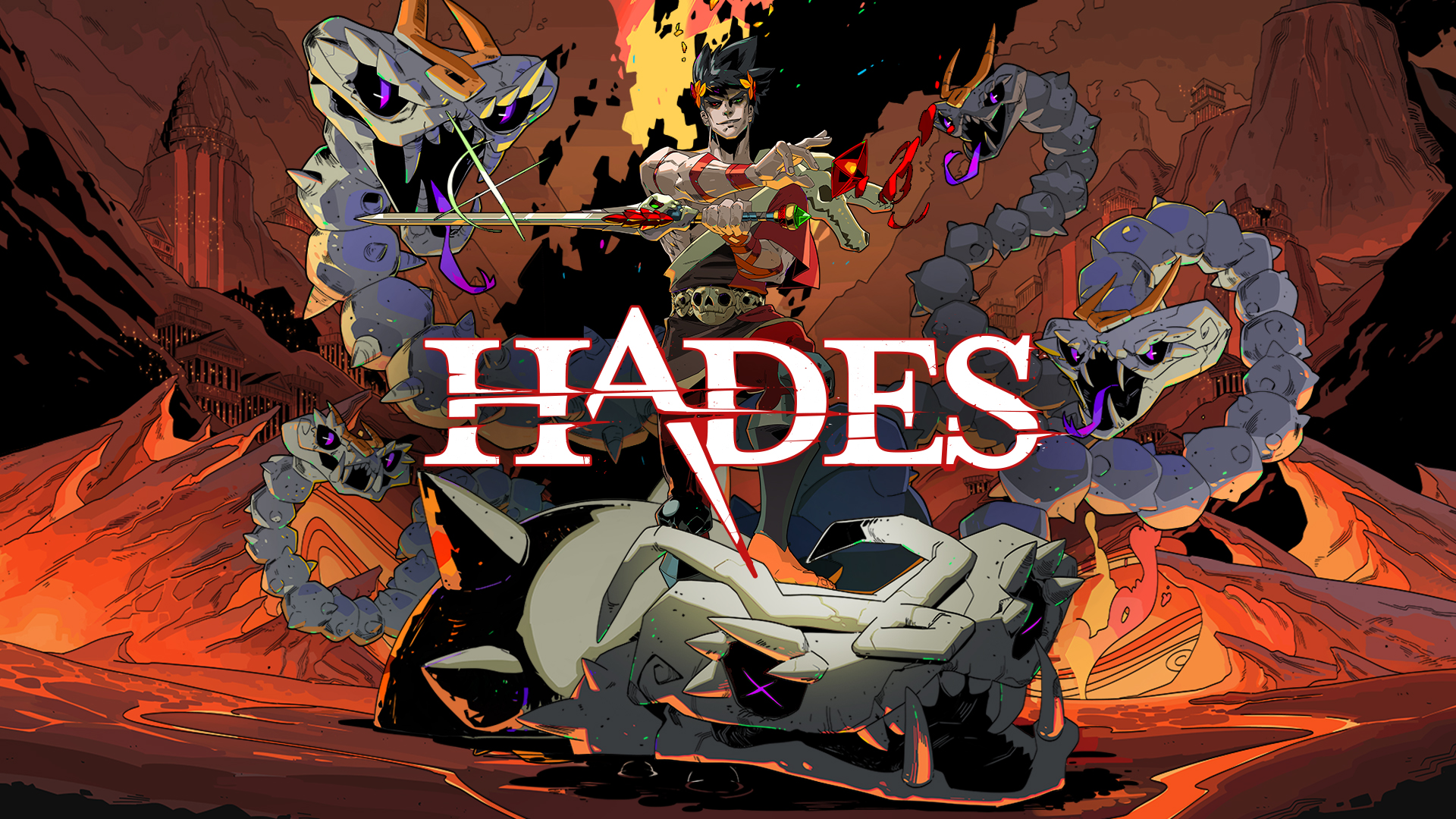For this assignment, I played Hades on Steam, which had its official release in September 2020 and was developed by Supergiant Games. Hades is an example of the “roguelike” genre, which is typically characterized by procedural generation, high levels of difficulty, and permanent death. This makes the audience for most roguelike games fairly restricted to players who enjoy a brutal challenge, but Hades includes a number of features which make it more accessible to a wider audience (including an excellent story that would be appreciated by any lovers of Greek myth!).
But, of course, for this assignment I was focusing on the gameplay and its balance. Ultimately, I think a lot of Hades’s success is owed to the fine level of balance between each of the player’s options, both in terms of weaponry and upgrades earned throughout a run.
Balance in Single-Player Games
Hades is, of course, a single-player game, and I feel it does an excellent job capturing an appropriate pace. While technically the game has a fixed difficulty (modulo random enhancements by the player and random configurations of challenges), a steady progression of upgrades for the player and a consistent mechanical encouragement to layer on optional difficulty enhancements leads to an experience which stays right at the edge of feasibility for much of the game.
Balance in Asymmetric Games
This applies only to multi-player games, and hence not Hades.
Balance between Game Strategies
Broadly speaking, there is only one strategy permitted in Hades: in order to leave a room, you must defeat all of the enemies within. In order to complete an escape attempt from the underworld and progress the story, you must clear a number of rooms and defeat a number of bosses. There is a lot of room for player expression and choice in exactly how they go about defeating the monsters (i.e. what weapon they use, which god’s boons they select, etc.), but for the most part these balancing acts are handled as a part of balance between game objects (see below). There is one strategy-level decision players can make, however, which is their “fighting style” — whether they prefer to rush enemies down or to take their time and look for openings. If there is one arena in which the balance of Hades is not perfect, it is in this. Once players have reached a certain level of skill, aggressively running down enemies is far and away the optimal strategy, as this ultimately leaves foes with the least opportunity to strike any blows themselves.
Balance between Game Objects
Hades lives and dies on its balance between game objects. The game features 6 distinct weapons, and each weapon features 4 sub-specializations. In my experience, I found the balance between each of the 6 weapons to be basically superb. In any game with multiple weapon possibilities, I usually find myself gravitating to just one or two after giving each a shot. In Hades I was happy to experiment with all 6 for all of the 50 hours I put into the game. It is clear that each weapon was designed to fulfill a particular niche, and no weapon feels like it could be wholly replaced by another.
/cdn.vox-cdn.com/uploads/chorus_image/image/67468926/Hades_purple_weapon.0.jpg)
Balance is slightly less stellar between each of the sub-specializations. While some are quite interesting and transform the weapon into feeling like another game object entirely, others offer only slight numerical bonuses that are hard to notice. However, I don’t really consider this a balance failing as there is still a lot of incentive to try a variety of weapons and builds, and there isn’t a single dominant sub-specialization for any weapon.
The same principle applies for the numerous different Boons offered by the various Greek deities throughout a run. Some boons are clearly more powerful than others, but this is mediated by the fact that some are more rare than others (with legendary boons, the most powerful, also being quite rare). Among the dozens of boons there are certainly a few clunkers (some of Dionysus’s boons come to mind), but by and large the choice between which god to favor and which boon to select is rarely trivial.
Transitive Balancing
I think that Hades makes the most use of this kind of balancing. Each of the 6 weapons is given both advantages and weaknesses with respect to the other options, in order to try to make each an appealing choice in at least some circumstances. Similarly, all boons provide some benefit to the player, but are balanced by their opportunity cost. You can only have a limited number of boons for a given run, from a limited selection of possible deities, so each time you select one you are also closing off potential selections in the future.
Intransitive Balancing
I don’t think this kind of balancing quite applies to Hades, as you are never placed in a situation where one of the game objects is used against you. If, for instance, there was a boss that used one of the weapons you didn’t select for the run against you, then there would be an argument for making sure that sort of rock-paper-scissors arrangement existed between the weapons or boons of the game. As it stands, however, I think that the game objects in Hades are best evaluated separately.
“Fruity” Balancing
Finally, I also don’t think that this paradigm applies to the balance in Hades. While each of the weapons is certainly distinct (from a proto-machine gun to the very spear of Achilles), they all perform basically the same function: dealing damage to enemies. There are no weapons that fundamentally turn the game on its head or force players to totally re-imagine how to win the game.



